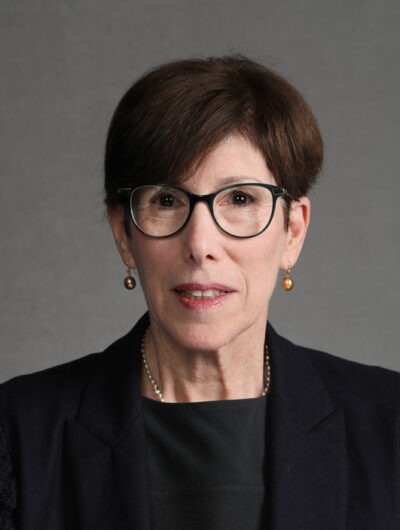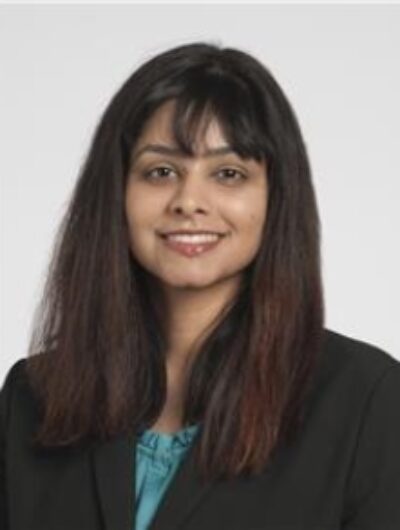A Brief Conversation with…Jeanine Wiener-Kronish
 Jeanine P. Wiener-Kronish, MD, Henry Isaiah Dorr Distinguished Professor of Research and Teaching in Anaesthetics and Anaesthesia; Massachusetts General Hospital, Boston, Massachusetts was the 2020 SOCCA Lifetime Achievement Award Winner
Jeanine P. Wiener-Kronish, MD, Henry Isaiah Dorr Distinguished Professor of Research and Teaching in Anaesthetics and Anaesthesia; Massachusetts General Hospital, Boston, Massachusetts was the 2020 SOCCA Lifetime Achievement Award Winner
How did you become interested in Anesthesiology and Critical Care?
As a medical student, I decided that I wanted to be an intensivist. This occurred because of my experience in the San Francisco General Hospital ICU with Drs. John Murray, Philip Hopewell and Sharon Rounds, who were faculty and a resident during my rotation. They were pulmonologists, so I trained in internal medicine and specialized in pulmonary medicine. When I finished training, I was the 2nd female Pulmonary fellow to complete UCSF training. I had done 4 years of research and had gotten a grant, but the division Chief of Pulmonary Medicine felt that as I had not trained in his lab, and as I was married, I didn’t need a salary!
To find other options for employment, my colleague suggested that I consider re-training in Anesthesia so I could work in the Moffitt Hospital ICU, whose director was an anesthesiologist. I met with the new Anesthesia Chair, Ronald Miller, and he promised to support me in a research-faculty position if I re-trained. I therefore completed an anesthesia residency, and it proved to be the best decision of my career. The message is you should work with chairs and leaders who are supportive of your goals.
Who were the people that supported you in your career? How did you seek out effective mentors?
I had a lot of different mentors depending on the phases of my career. For research, my mentors Michael Mathay and Dara Frank (microbiologist/Basic Scientist) were very important. For clinical work, I would say Ronald Miller and Neal Cohen were very important. And when I became Chair of Anesthesia, other Chairs were very important mentors. When I became the chairperson at MGH, I had five different Chairs call me and offer their help.
Depending on what goals you have, you want honest feedback. It’s hard to hear that you are not doing it right; if I could say anything to young people, it would be to be open to honest feedback. Do not be defensive, and attempt to continuously improve.
You have been nominated for the Chancellors Award for Advancement of Women (1998 & 2001) and received the Elizabeth A Rich MD Award from American Thoracic Society (2000) for mentoring women; what made you passionate about this issue?
My retraining led to a successful career—but men in my fellowship group did not have to retrain. My mother was a 2nd World War widow and had to be a single mother for a while, so I was raised with the idea that you need to be independent and strong. I saw women colleagues suffer and give up careers when they had children with special needs.
I have been very lucky; I have a great husband; my parents moved to San Francisco to help me when I had a child…but not everybody has that support. I feel very strongly that women need assistance in their careers.
At Mass General, I arranged invitations for presentations for women to assist them in their careers. I had a male colleague say that this was cheating, and talks should only be offered to people who deserve them. The concept of merit as an objective metric is flawed. Expertise is important, as you obviously have to show your knowledge and education during talks. However, promotions, positions, including leadership positions, and invitations to give talks require being given an opportunity. I try to increase opportunities for men too, but women have fewer opportunities and different responsibilities.
What advice would you give fellows and junior faculty in our specialty regarding progressing in their career and balancing the demands of clinical service, research and family?
I recommend finding something you are passionate about and reach out to faculty working in those areas. Collaboration and relationships are very important.
Research is an important method for improving patient care—it is an important feature of academic medicine. Research also gives you flexibility for your time, a full clinical service can be demanding. Working in the ICU reminded me of the importance of caring for patients as well as being knowledgeable, and it reminds me to be grateful for my health.
I saw that a lot of your research is focused on ARDS and respiratory failure ... what drew you to those areas of interest?
Doing research was part of the certification process to become a pulmonologist. I loved working in the research laboratory of Norman Staub, working with Michael Matthay Jahar Bhattacharya, and Michael Gropper and many others. ARDS was and is a challenge.
More research is definitely needed with more human-like models of the syndrome.
When you became Chief of Anesthesia at MGH what were some of the challenges that you had to overcome in your leadership role?
At UCSF half the chairs are women; that wasn’t the case at MGH. It is very hard when there are so very few women in leadership. You want to be effective, which is not the same as being demanding. Finding a way to get people to agree with you and work as a team is an important skill. And those skills are not taught in medical school.
Being a chair is a really tough job now. Economics with the COVID pandemic have brought economic crises to some departments, as anesthesia services and hospitals depend on elective surgery for revenue. I thought I could help young people and increase diversity as a chair. I’m very happy that the person that replaced me is the first African American Chairperson at MGH.
Do you feel we as a specialty were prepared for the COVID 19 pandemic?
I felt we were prepared. We closed down the ORs for elective surgery, and those anesthesiologists came to work in the many new locations that were opened as “critical care units”. We also used volatile agents to sedate patients with anesthesia machines – which turned out to decrease the quantity of sedation administered to COVID patients. I was grateful to my anesthesia colleagues who came to the ICU to help keep the anesthesia machines running.
What I learned was that we needed to be able to monitor many more patients, but there was a lack of equipment to monitor patient’s remotely. We have gathered data documenting that the quantity of sedation the COVID patients received was 2 or more fold higher than what we usually administered. This led to increased durations of sedation, increased delirium, and we are now measuring long-term cognitive outcomes. We are working on grants to improve our ability to monitor patients remotely, to be even better prepared for the next surge.
We need to stress in anesthesia training that critical care is part of the continuum of patient care. We need to take ownership of sick patients – the sickest patient are “ours,” and we need to be fully versed in the latest treatments. In some respects, I feel everyone should be Critical Care certified, but I am biased. Cardiac and Critical Care certification should perhaps be considered as ECMO and other cardiac devices are increasingly utilized. The COVID crisis really documented the importance of Critical Care Anesthesiologists.
What have you accomplished that you are most proud of?
Two individuals from my lab became chairs of Anesthesia and of Pulmonary medicine respectively. I know a lot of residents and fellows who I have worked with are now in leadership positions and are also doing well in research. You want your legacy to include people that are succeeding, in part because of your efforts. I am proud that I did help provide opportunities for both men and women to succeed.
At the AUA, we just started a leadership advisory board, the LAB, with Maya Hastie as it’s leader. The LAB will provide networking opportunities and other skill sets. We want young people to participate and we want to increase the diversity in anesthesia. Ultimately, the goal is to help anesthesiologists succeed and be seen as key clinicians and researchers caring for perioperative patients, pain patients and critically ill patients.




































